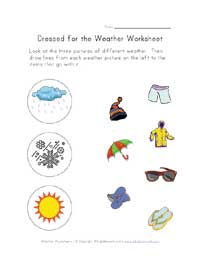El verbo "to have" en inglés es equivalente a los verbos "haber" y "tener" en castellano. Su declinación en el presente del indicativo (simple present) es la siguiente:
 |  |  |
| Yo he/tengo | I have |
| Tu has/tienes | You have |
| El/ella ha/tiene | He/she/it has |
| Nosotros hemos/tenemos | We have |
| Vosotros habéis/tenéis | You have |
| Ellos/ellas han/tienen | They have |
 |
Como contracciones de estas formas se utilizan:
| I/you/we/they have | I/you/we/they've |
| He/she/it has | He/she/it's |
Su declinación en pasado simple (simple past) tiene una única forma:
 |  |  |
| Yo había/tenía (hube/tuve) | I had |
| Tu habías/tenías (hubiste/tuviste) | You had |
| El/ella había/tenía (hubo/tuvo) | He/she/it had |
| Nosotros habíamos/teníamos (hubimos/tuvimos) | We had |
| Vosotros habiáis/teníais (hubisteis/tuvisteis) | You had |
| Ellos/ellas habían/tenían (hubieron/tuvieron) | They had |
 |
El verbo "to have" se puede utilizar como un verbo ordinario y en este caso tiene el significado de "tener":
| I have a car. | Yo tengo un coche |
| She had a boyfriend. | Ella tuvo un novio |
Y también se utiliza en algunas expresiones con el sentido de "tomar":
| I had a drink after the match. | Tomé una bebida después del partido |
| She has a bath. | Ella toma un baño |
Como verbo auxiliar, "to have" se utiliza para construir las formas compuestas:
| I have read. | Yo he leido |
| He had played tennis. | El había jugado al tenis |
| We have seen a film. | Nosotros hemos visto una película |


























